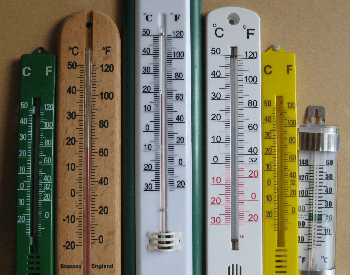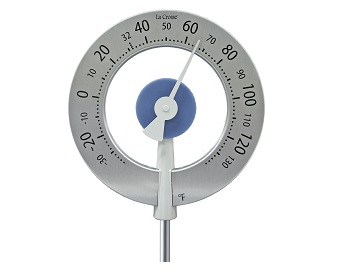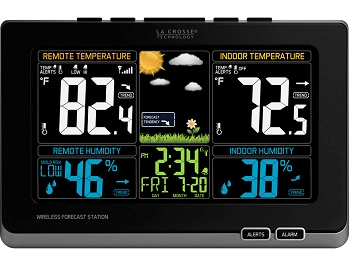
This web page contains temperature facts for kids and is a great resource for anyone of any age researching temperatures. Our goal is to provide you with the latest and most accurate temperature facts from scientific sources. In addition to temperature facts, you’ll find some thermometer pictures and additional resources for researching temperatures.
The temperature facts listed below will help you understand how temperatures are used, how temperatures are measured, the different measurement scales for temperatures, historic temperatures and other temperature facts. We hope these facts about temperatures are helpful and help you learn more about this meteorological event.
If any of the below temperature facts are inaccurate, please contact us and let us know.
16 Temperature Facts for Kids
- In meteorology, temperature is used to identify how hot or cold it is outside or inside.
- A thermometer is used to measure the temperature outside or inside.
- An accurate air temperature is taken via a thermometer, that is not in direct sunlight and is 4.9 feet (1.5 meters) above the ground.
- Air temperature affects what type of precipitation will fall from a cloud, like rain, snow or hail.
- A thermometer can be calibrated to measure the temperature using either the Fahrenheit or Celsius scale.
- The Fahrenheit scale is used to measure the temperature in the United States and a few other countries.
- The symbol used for Fahrenheit temperature measurements is °F.
- The Celsius scale is used to measure the temperature in countries that use the International System of Units (IS).
- The symbol used for Celsius temperature measurements is °C.
- To convert a Fahrenheit temperature reading to Celsius, subtract 32 and multiply by .5556.
- To convert a Celsius temperature reading to Fahrenheit, multiply by 1.8 and add 32.
- Water boils at 212 degrees Fahrenheit scale (100 Celsius) at sea level.
- Water freezes at 32 degrees Fahrenheit scale (0 Celsius).
- A heat wave occurs when the average daily maximum temperature over a period of five consecutive days exceeds the historical average maximum temperature by at least 9 degrees Fahrenheit scale (5 Celsius).
- The official hottest temperature ever recorded on our planet was 134.1 degrees Fahrenheit scale (56.7 Celsius) in Furnace Creek, CA, USA on July 10th, 1913.
- The official coldest temperature ever recorded on our planet was -128.6 degrees Fahrenheit scale (-89.2 Celsius) at Vostok Station in Antarctica on July 21st 1983.
Thermometer Pictures



Additional Resources for Temperature Research
- Temperature: Facts, History and Definition – More temperature facts for kids from Live Science.
- Global Temperature – An online resource from NASA that gives you global temperature data and other useful statistics.
- Lookup Past Temperatures by Zip Code – An online tool from Climate.Gov that you can use to look up temperatures and other weather data from the past.
- Meteorological Calculator – An online tool from the National Weather Service that can help you calculate the conversion from Fahrenheit to Celsius, and Celsius to Fahrenheit.
